GameCompanies.com
Powered by GC Insider

Website
Headquarters
Company size
Founded
Want more?View in GC Insider
Status (activity & investments)
All website links
All locations
More images
Suggest an edit
Plus much more
Something missing or incorrect? Suggest an edit.



Culture Brain is a small Japanese developer/publisher of DS titles that was once known for some unique hybrid titles on the NES, SNES and GB.
Founded in 1980 by Yukio Tanaka (first as "Nihon Game Company", a. k. a. "Taiyo System"), Culture Brain is a small developer/publisher based in Tokyo that started with arcade games, then switched to the Famicom, Super Famicom, and then never found success after the 16-bit era. These days Culture Brain develops and publishes children's games for Nintendo handhelds.
History
A Start in the Arcade (1981-1985)
Monster Zero
According to an "Insider's Guide to the Nintendo World Championships" published in 1990 by Nintendo themselves, Culture Brain (which was then Taiyo System) helped Nintendo develop the landmark original arcade game Donkey Kong in 1981. Taiyo's own first release, though, was the shooter Monster Zero (1982), a Japanese hit. Through the early 80s they continued to release titles for the arcade that did well. Chinese Hero (1984) was a popular top-down single-screen beat-em-up, and Shanghai Kid (1985), one of the earliest fighting games, was the first to introduce a combo system - "RUSH!" would appear on the screen and you'd have to make a series of fast attacks on highlighted locations on your opponent's body.
Home Success (1986-1989)
The Magic of Scheherazade (NES)
When Nintendo launched the Famicon, Taiyo System was renamed to Culture Brain and worked on porting their major hits. Chinese Hero, with few changes, became Kung-Fu Heroes (1986), and Shanghai Kid had side-scrolling levels added onto it and became Flying Dragon: The Secret Scroll (1987). Both sold well in Japan.
Following on their domestic success, Culture Brain USA was established for localization work. The US branch of the company put a lot of work into graphical and gameplay changes to the Japanese games to adapt them to the Western market, and by building bigger games around their original arcade concepts, the company found a niche for original, hybrid games that wouldn't become widely popular until much later in the game industry's life.
The Magic of Scheherazade (1987 JP, 1989 NA) was an action RPG similar to Zelda on the surface but mixed in magic, occasional turn-based fights, RPG stats and levelling, in an Arabian setting that you still don't often see in RPGs.
Little Ninja Brothers (NES)
Kung-Fu Heroes was eventually developed into Little Ninja Brothers (Super Chinese in Japan), a different take on the action RPG, with overworld, towns, equipment, a long story, setting changes, turn-based boss battles, but the usual random encounters were actually the beat-em-up gameplay from Chinese Hero.
Flying Dragon became Flying Warriors (Hiryu no Ken), a combination platformer, RPG, and fighting game where members of an elite fighting force (in North America, they were turned into "superheroes") are exploring and combatting an evil menace while simultaneously participating in international fighting tournaments as their "normal" alter-egos, patterned after the fights from Shanghai Kid.
Culture Brain's third big series was Baseball Simulator, which took the usual sports game and fantasy elements like fireballs and earthquakes. It ended up being quite successful in both regions - Baseball Simulator 1. 000 for the NES won newly launched Electronic Gaming Monthly's 1989 Best Sports Game.
Fading into the Background (1990 on)
Hamster Monogatari 64.
Through the 90s, the company churned out new entries to their core series, but they continued to be very familiar iterations of the old games even down to minor plot details, with most of the changes limited to tweaking fine details and giving the game a new coat of paint graphically. There are SNES and N64 versions of each of the above games (except Scheherazade) which follow almost exactly the same structure. Each iteration of the game tended to reduce the hybrid gameplay, reducing themselves to retreads of the originals with the unique features removed. Few of their later releases made it to North America. They made one PlayStation release, Virtual Hiryu no Ken, in 1997, and that was it for their old core series.
Starting in 2000 they have concentrated on three series targetted at children, mostly for the GBA and DS: Hamster Monogatari, Konchuu Monster, and Oshare Princess.
Trivia
Many Culture Brain games are credited to "Yumenosuke Project" or "Yumenosuke Academy", instead of any specific person inside the company.
Until 2003(?), they had a vocational school, the Culture Brain Computer Art School.
Website
Headquarters
Company size
Not available
Founded
5 Oct, 1980
Want more?View in GC Insider
Status (activity & investments)
All website links
All locations
More images
Suggest an edit
Plus much more
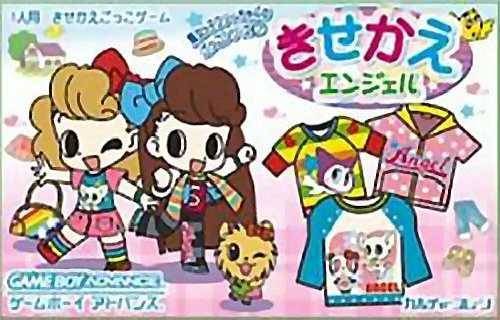
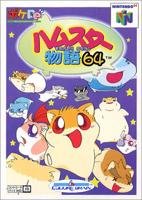
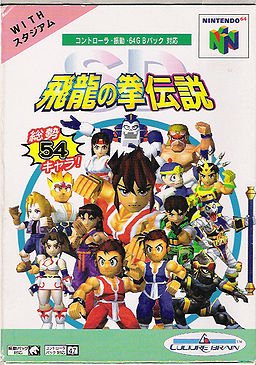
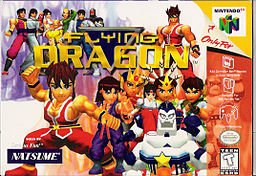
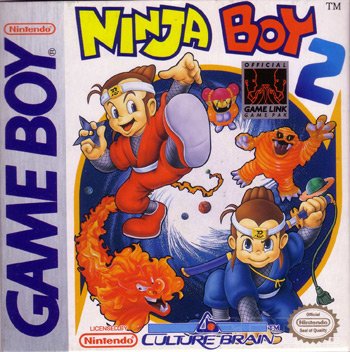
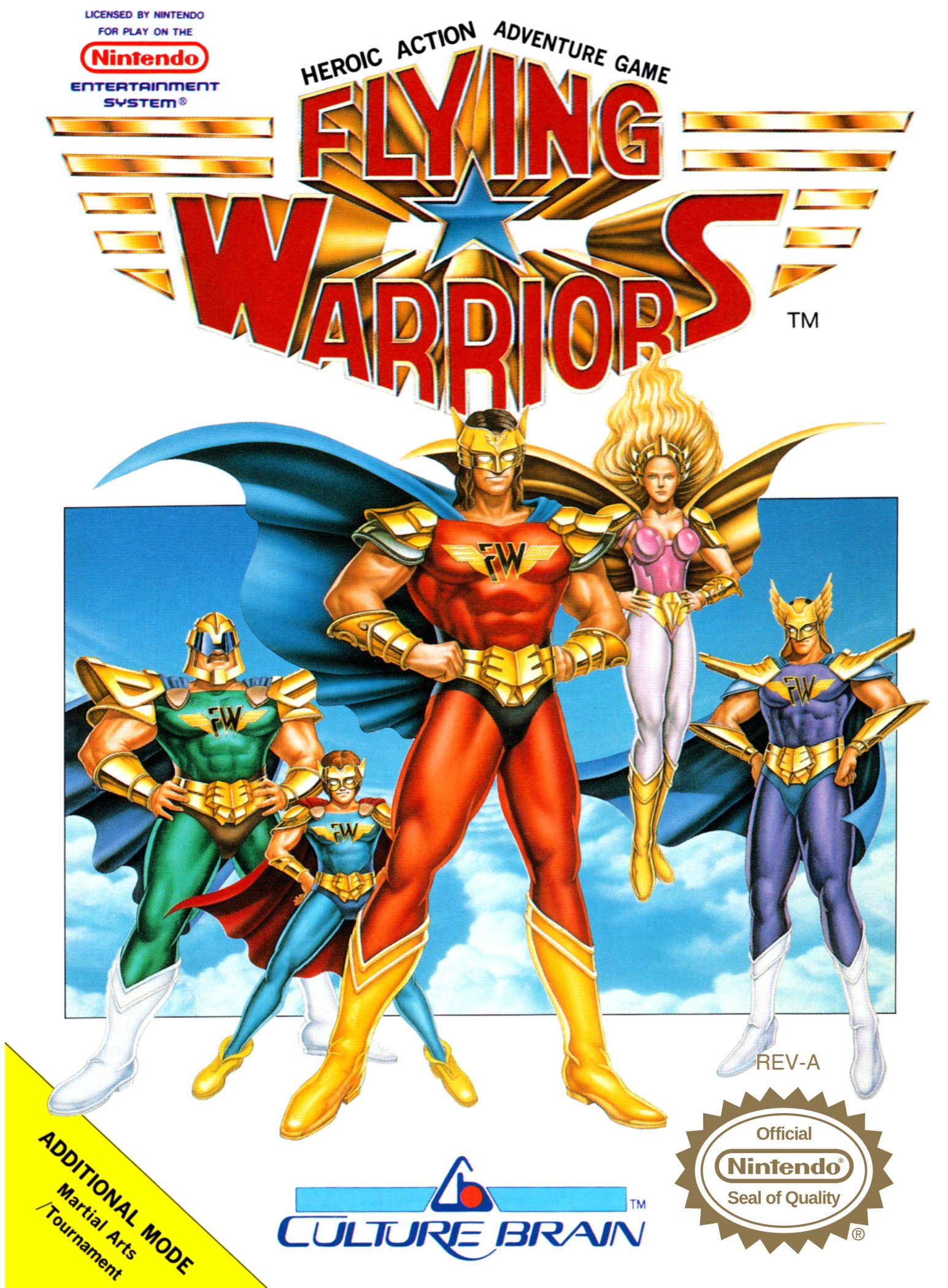

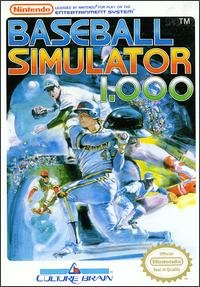

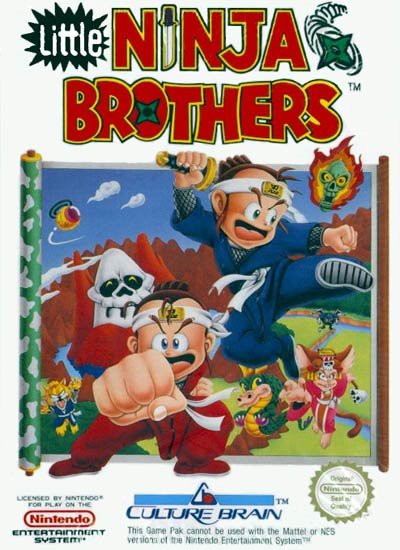
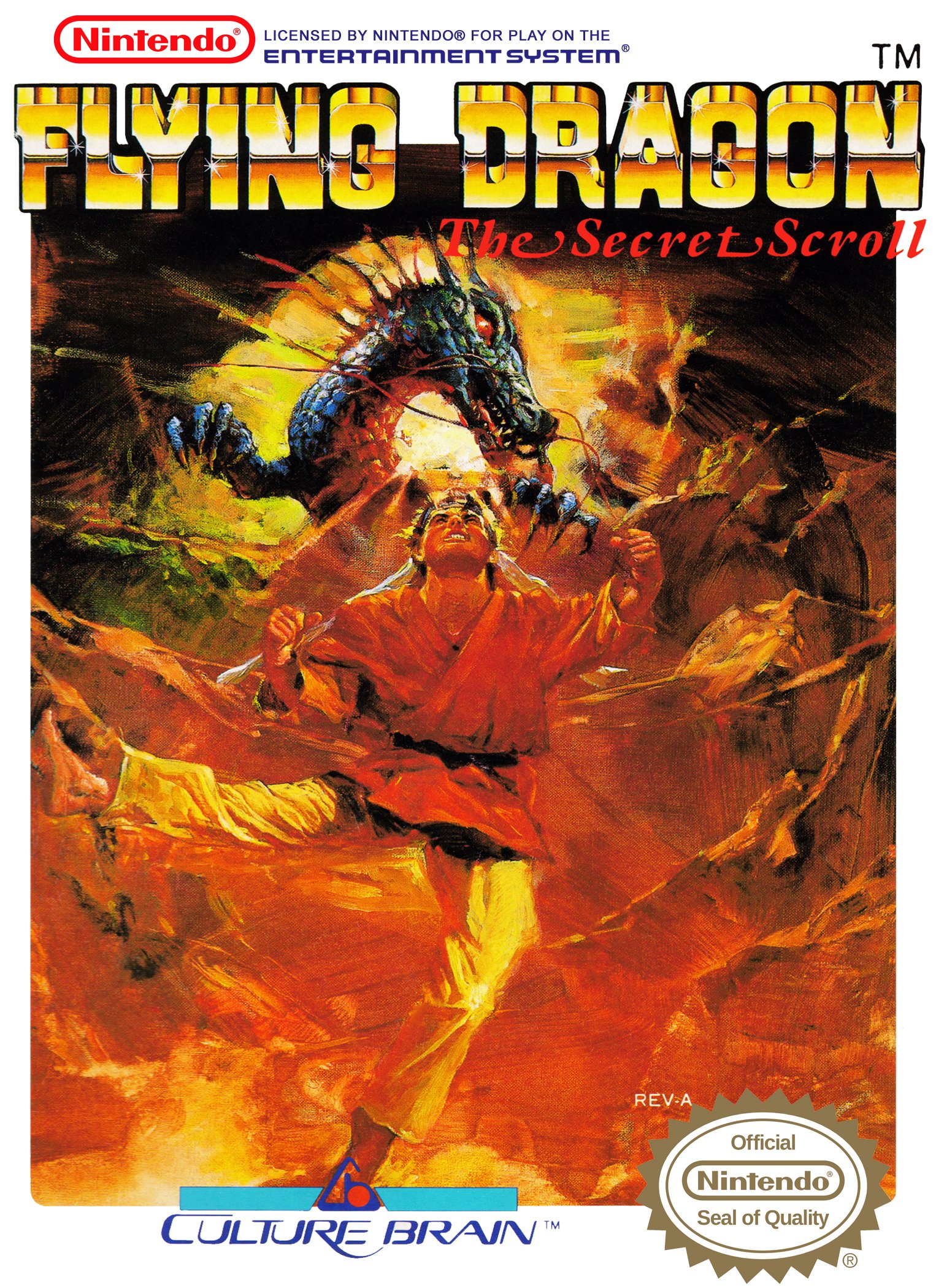
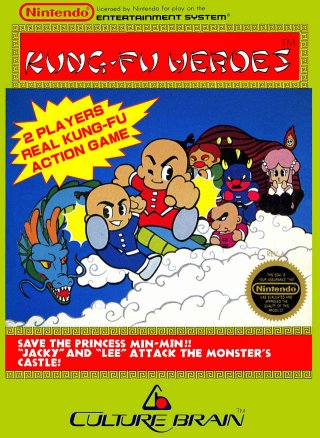
Showing 12 of 13 games